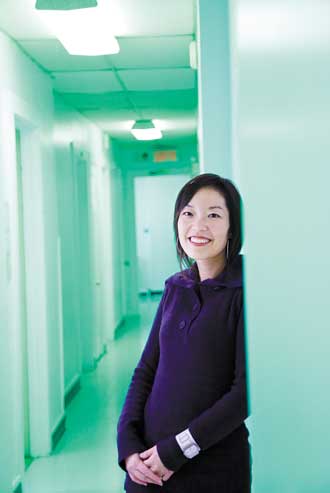Event

“Pure Television” and Multiscreen Projection: The Pre-Medium Condition of Japanese Expanded Cinema
When does a technology like television or a display format like multiscreen projection become the technical support of an artistic medium, and where do these technical supports come from? Taking Japanese expanded cinema as a salient case study, this talk will trace the ways in which both television and multiscreen projection entered the realm of artistic experimentation. To do so I will focus attention on the oft ignored multi-channel, multi-screen television experiment at the Nippon Telegraph and telecommunication (NTT) Pavilion during Expo ’70. Described as an attempt to create “pure television,” NTT’s endeavor emblematizes the convergence of artistic and governmental discourses on the multimedia environment. The impact of Expo ’70 on art is well known, being a nation-wide project that garnered the highest participation of avant-garde filmmakers and audiovisual artists in Japan. Less known, however, is the history of the infrastructure of microwave networks and the beginning of broadcast television that enabled the NTT Pavilion’s unique experiment. Paying close attention to the particular configurations of Japanese-US Cold War geopolitics and the material history of technical supports, this talk will expose what I call “pre-medium condition” of Japanese expanded cinema.
Yuriko Furuhata (Ph.D. Brown University) is Associate Professor in the Department of East Asian Studies and a faculty member of the World Cinemas Program. She works in the areas of film and media theory, Japanese cinema and media studies, visual culture, and critical theory. She is the author of Cinema of Actuality: Japanese Avant-Garde Filmmaking in the Season of Image Politics (Duke University Press, 2013), which won the Best First Book Award from the Society of Cinema and Media Studies. She has published articles in journals such as Grey Room, Screen, Animation, Semiotica and New Cinemas. She is currently working on a book, tentatively titled The Rise of Control Room Aesthetics, exploring the historical connections between Japanese expanded cinema and video art, multimedia environments, and security technologies.
